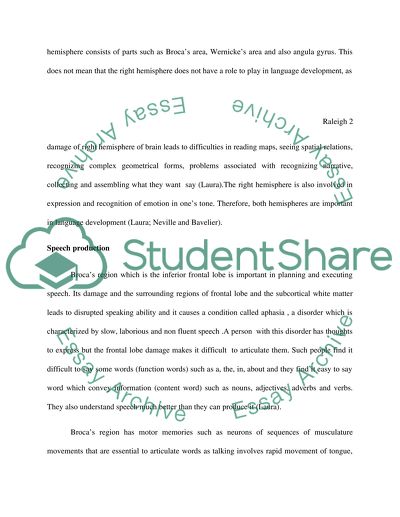Cite this document
(“Neurobiological Aspects of Language Development in Children Essay”, n.d.)
Neurobiological Aspects of Language Development in Children Essay. Retrieved from https://studentshare.org/psychology/1439005-neurobiological-aspects-of-language-development-in
Neurobiological Aspects of Language Development in Children Essay. Retrieved from https://studentshare.org/psychology/1439005-neurobiological-aspects-of-language-development-in
(Neurobiological Aspects of Language Development in Children Essay)
Neurobiological Aspects of Language Development in Children Essay. https://studentshare.org/psychology/1439005-neurobiological-aspects-of-language-development-in.
Neurobiological Aspects of Language Development in Children Essay. https://studentshare.org/psychology/1439005-neurobiological-aspects-of-language-development-in.
“Neurobiological Aspects of Language Development in Children Essay”, n.d. https://studentshare.org/psychology/1439005-neurobiological-aspects-of-language-development-in.


